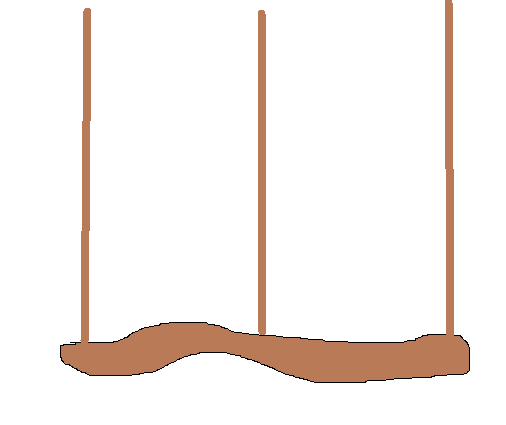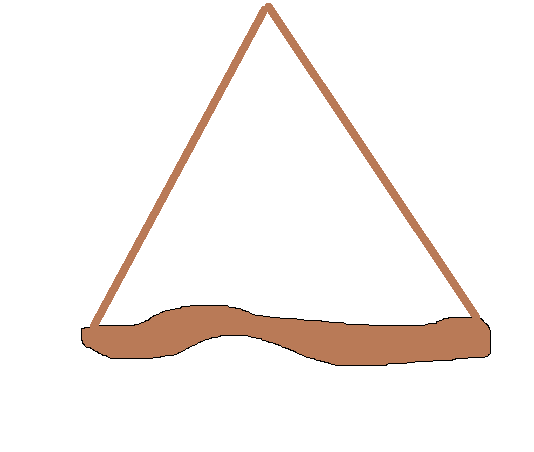I am making a chandelier that consists of a wood branch and some hanging lights. However, I'm not sure how to hang it:
- Should I have 3 parallel ropes hanging from the ceiling (2 to support the wood, 1 for the cable), or 2 ropes originating from the center, with a pulley on the ceiling. (See images).
- How do I tie the rope safely to the ceiling and to the wood? I'd love to use knots, but I'm not very confident in my knotting skills.
More information:
- The wood branch is about 15-20 kg and about 2m long.
- It is meant to be over the dinner table.
- I want to use jute rope







